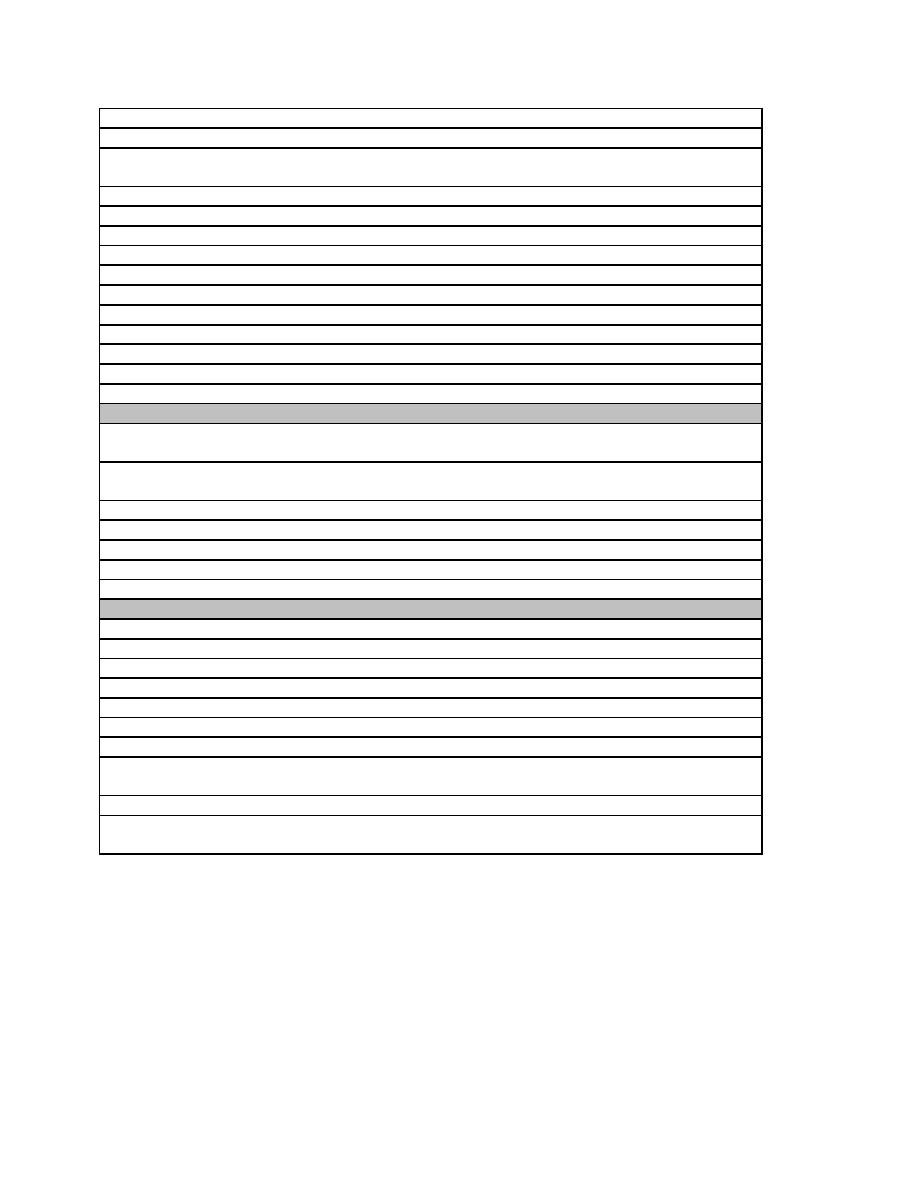
Brief personel on maneuver damage considerations and minimization measures.
Develop a plan to minimize or eliminate environmental risks.
Identify areas that contain historical and prehistorical sites, buildings and structures, and
Native American sacred sites.
Identify areas that contain threatened or endangered species.
Observe convoy restrictions.
Cross streams and ditches only at approved crossing points.
Drive carefully in forested areas to avoid damaging vegetation.
Drive only on approved roads and trails.
Avoid unnecessary noise by not revving engines.
Fill in all fighting positions at the end of training.
Secure cargo properly.
Use camouflage netting instead of live vegetation.
Reuse wire, barrier materials, and sandbags.
Recycle materials at collection points.
Field Recovery
Return all waste to the containment area for proper disposal. Do not burn or bury waste
material.
Recover all expended brass, communications wire, concertina, booby traps, and barrier
material.
Do not pour materials into storm drains.
Wash equipment at approved wash sites that have oil-water separators.
Use only approved solvents or detergents when washing vehicles.
Reuse cleaning brushes and rags.
Recycle worn out and damaged equipment.
Weapons Training and Demolition
Check with range control for artillery noise buffer zones near the installation.
Check with airfield operations concerning no-fly zones.
Adhere to nighttime gunnery curfews.
Keep demolitions below the maximum permissible weight specified by range control.
Avoid excessive vehicle noise when homes are located near range roads.
Use the forest and the terrain as buffers between noisy training and noise-sensitive areas.
Aim firearms away from noise-sensitive areas.
Avoid detonating large charges when the wind is blowing from the demolition ground
toward noise-sensitive sites or when temperature inversions are present.
Avoid making noise in the habitat of endangered species.
Respect noise buffer zones and altitude restrictions in forest service land or other areas of
exceptional quiet.
EN 5700
C-2


 Previous Page
Previous Page
